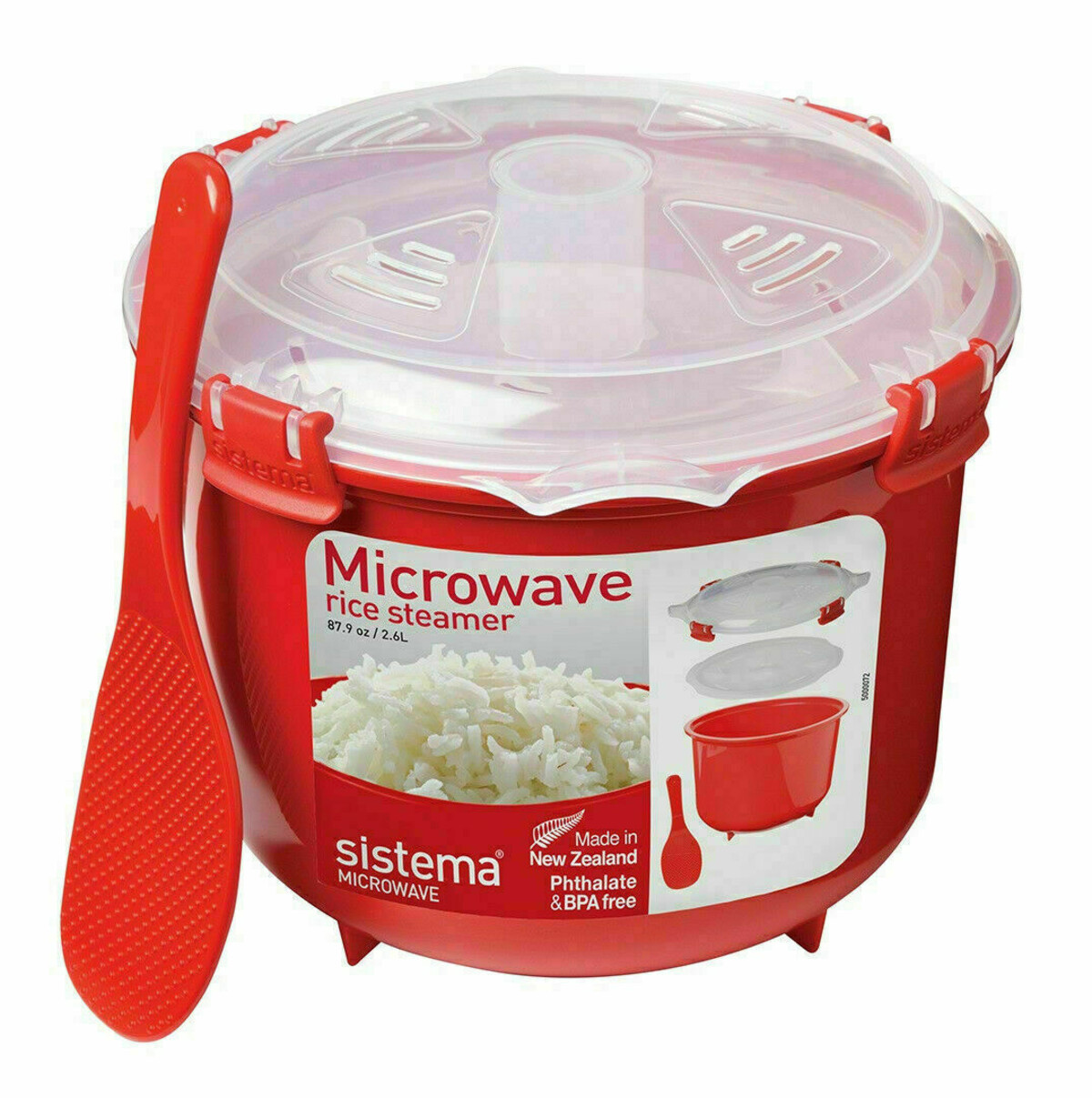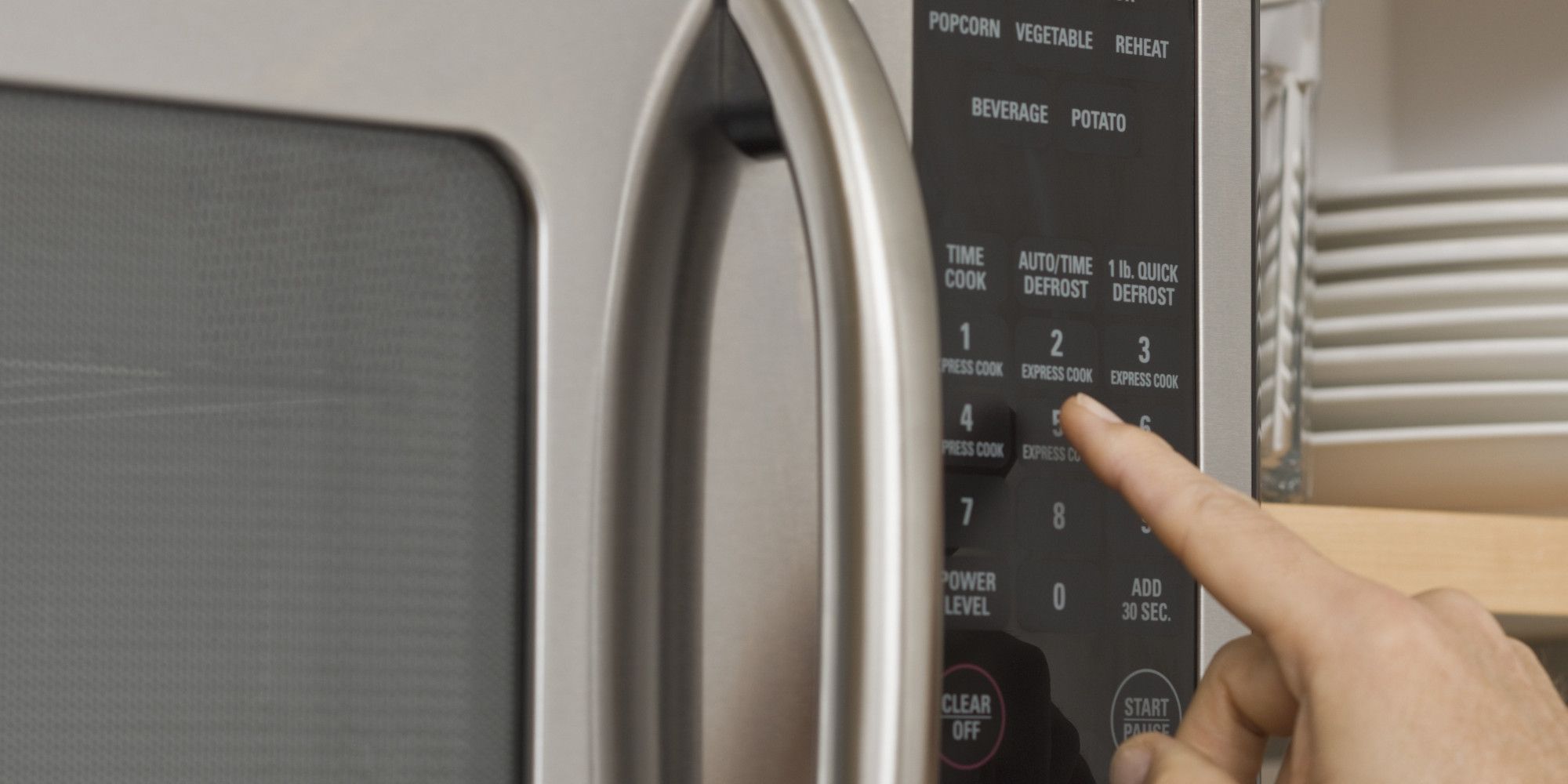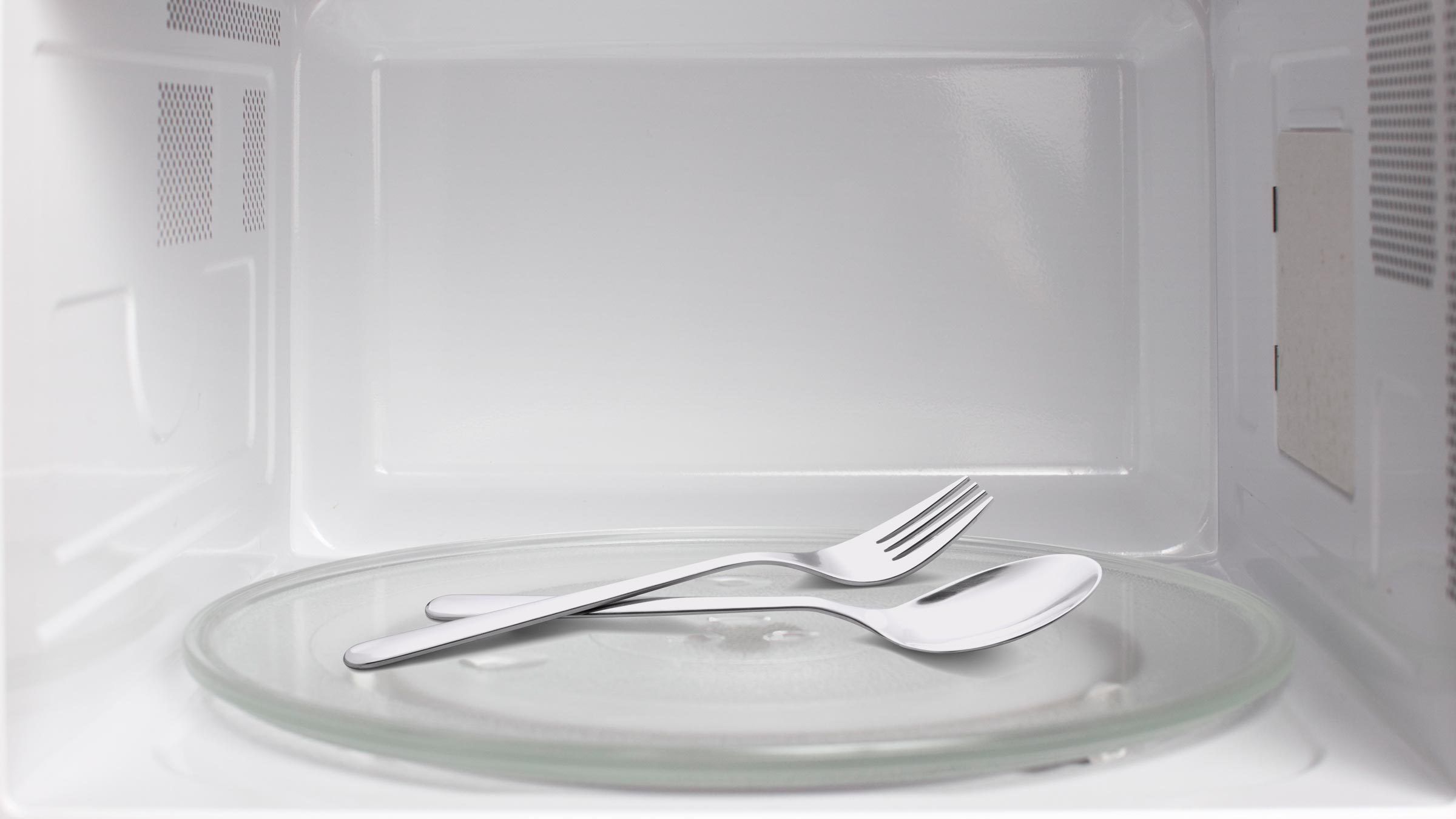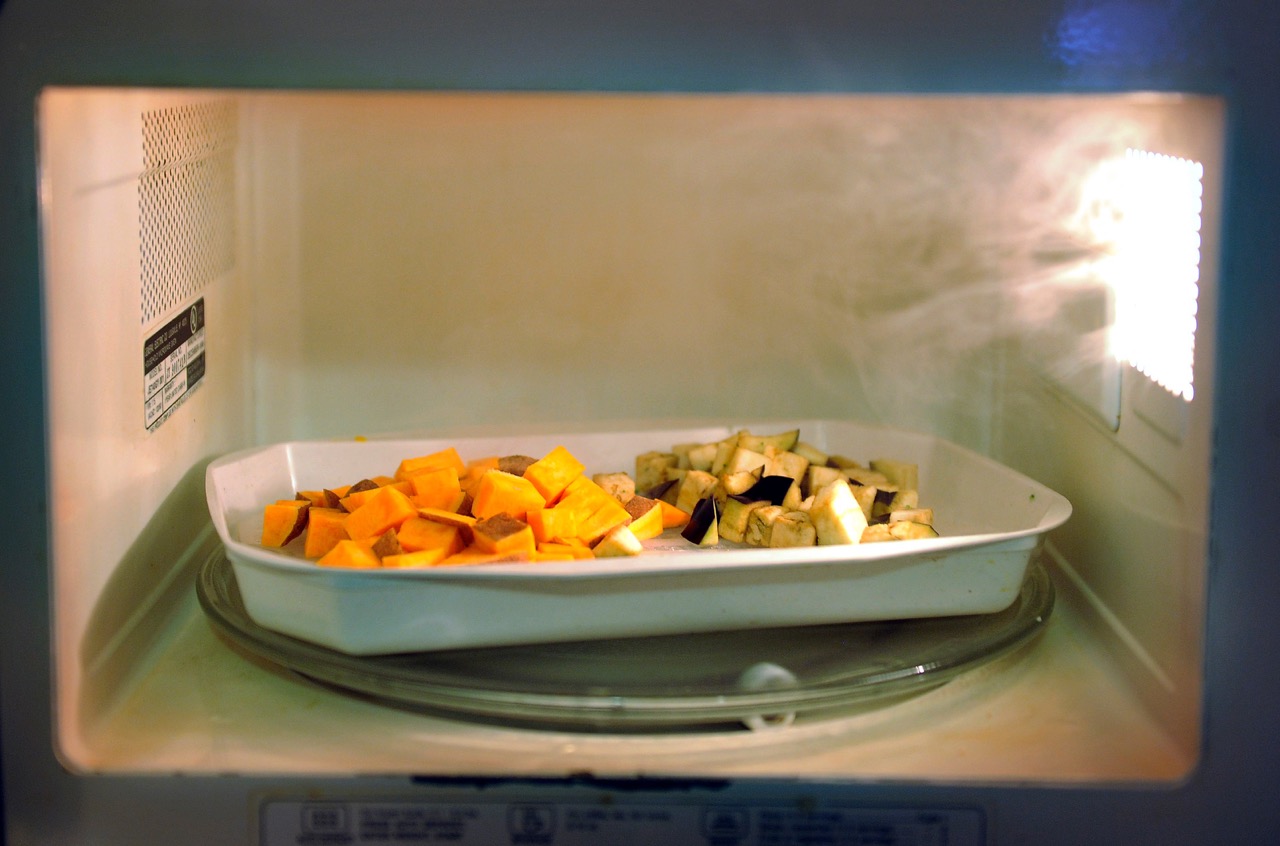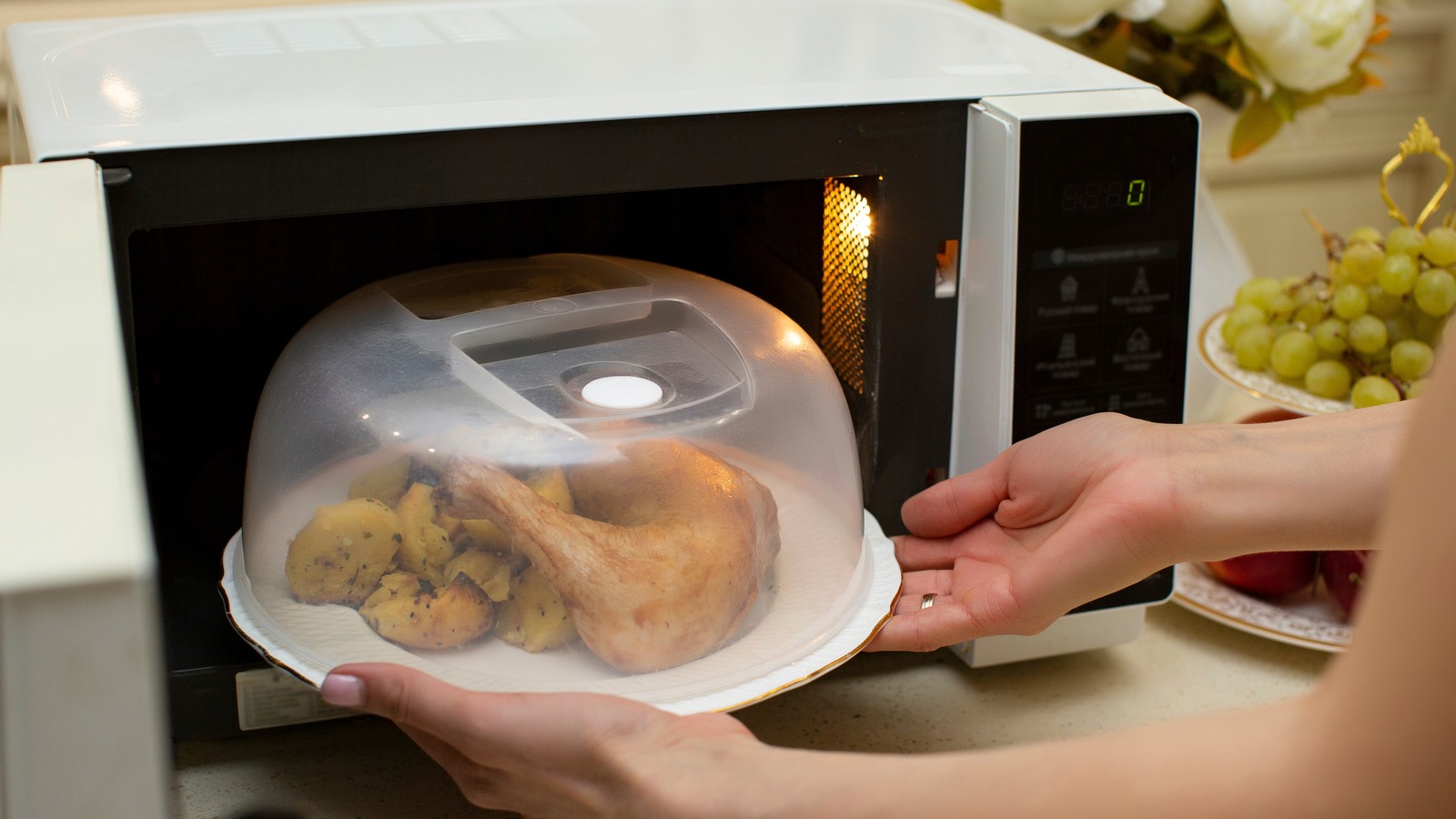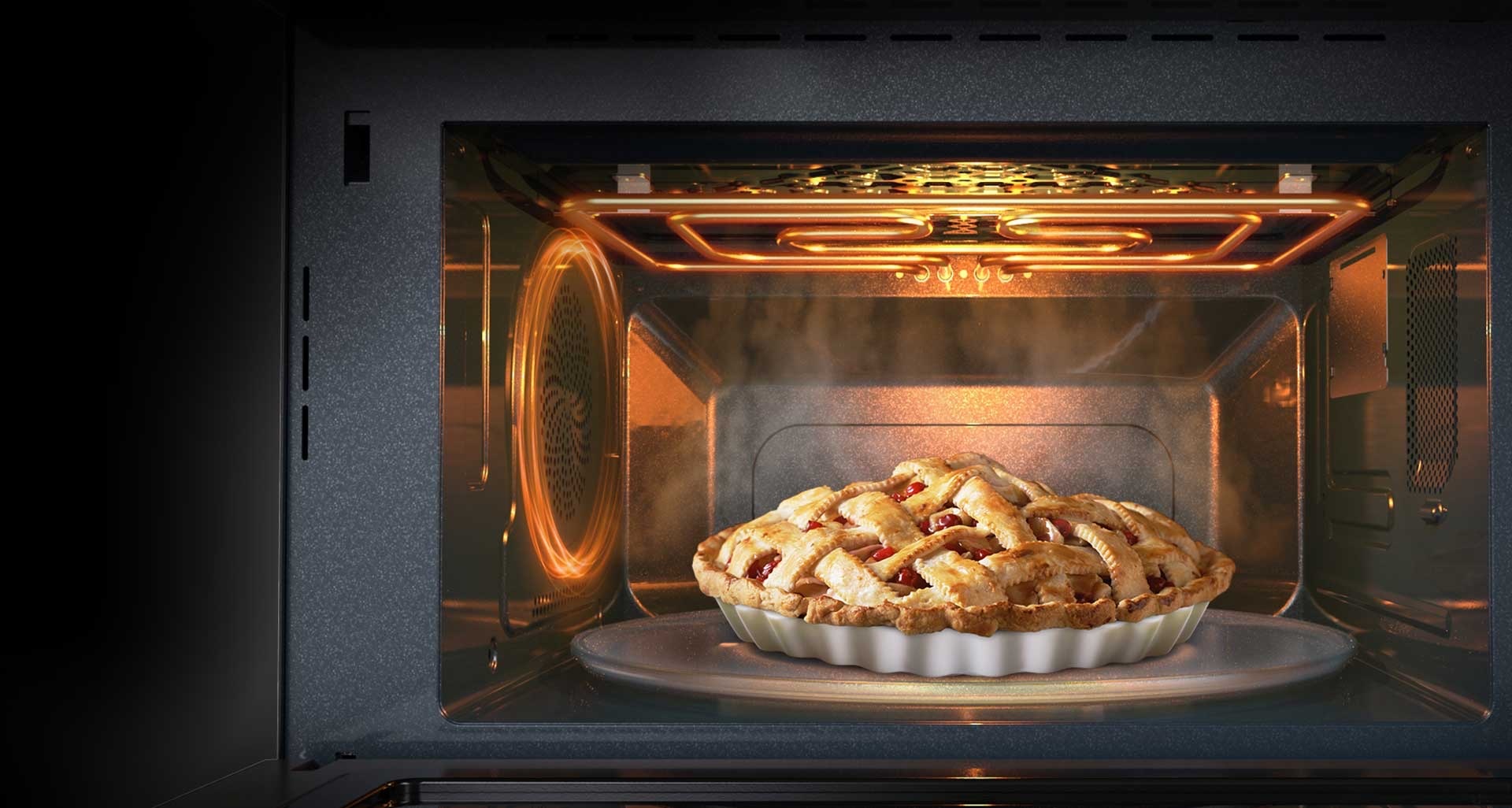Home> Microwave Cooking
Master the Art of Microwave Cooking: Quick & Tasty Delights!
Discover the secrets of microwave cooking and indulge in quick and delicious meals with our masterclass on mastering the art of cooking with a microwave.
How To Cook Sweet Potato In The Microwave Oven
By: Daniel Carter • 100 Best Kitchen Furniture To Make Your Cooking Hassle-Free
What Is The Frequency Of Microwaves In A Microwave Oven?
By: Isabella Mitchell • 100 Best Kitchen Furniture To Make Your Cooking Hassle-Free
Why Can’t You Put Metal In A Microwave Oven
By: Alexander Johnson • 100 Best Kitchen Furniture To Make Your Cooking Hassle-Free
How Does A Microwave Oven Heat Food So Quickly?
By: Emily Roberts • 100 Best Kitchen Furniture To Make Your Cooking Hassle-Free
How Should Drumsticks Be Arranged To Ensure Even Cooking In A Microwave Oven
By: Emma Thompson • Articles
Why Should Meat Be Covered When They Are Cooked In A Microwave Oven
By: Emily Roberts • Articles
